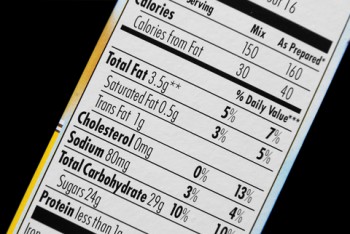 It’s that time of year again. All of us gain weight over the holidays. Chances are your dog does, too. Here are our top ten ways to control your dog’s weight if he has put on a few more pounds than are healthy.
It’s that time of year again. All of us gain weight over the holidays. Chances are your dog does, too. Here are our top ten ways to control your dog’s weight if he has put on a few more pounds than are healthy.
10. Lock the dog outside or in another room while you are eating. This will prevent you from giving in to those big, brown, pleading eyes. If your dog is not a beggar, but your kids are messy eaters, this trick will also keep the dog from cleaning up after them.
9. If you feel you must give your dog treats, find something low calorie that his stomach tolerates well. Try carrots, green beans, or other fruits and vegetables.
8. Check the labels on various brands of dog food. Look for lower fat content and lower calorie counts, but make sure you are giving your dog adequate nutrition.
7. Cut back on the amount you are feeding. Adult dogs need to be fed no more than twice a day, unless your veterinarian recommends more due to specific issues such as pregnancy. Small dogs should get between ¼ and ½ cup at each feeding. Medium dogs might need up to 1-1/2 cups at each feeding. Larger dogs need correspondingly more. Adjust the amount of food you are giving until you can see a noticeable waistline on your dog, but not obvious ribs or vertebrae.
6. If your dog still acts hungry, mix into his food dish some of the fruits and veggies mentioned above.
5. Don’t be fooled by your dog’s Oscar-worthy performances that he absolutely must have more food and he means NOW! Your dog will not starve when you feed him the recommended amounts.
4. Don’t use gravy on your dog’s food. He will be just as happy with water-moistened kibble as he is with gravy-moistened kibble.
3. Check out the calorie count on any vitamins or supplements you are giving your dog. Some may provide way more fat or calories than you know.
2. Remember that no matter how much your dog enjoys his treats, it is no better for him to be obese than it is for you to be. Obesity has been linked to diabetes, heart attacks, and even cancer.
1. Provide frequent opportunities for exercise. Take your dog for daily walks and or provide play time in a large fenced yard or dog park.
Until next time,
Good day, and good dog!
